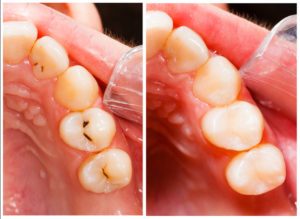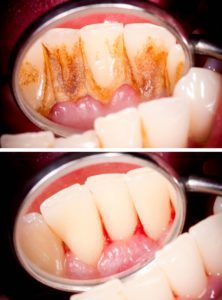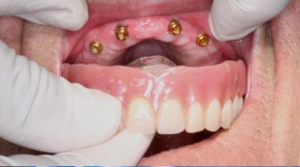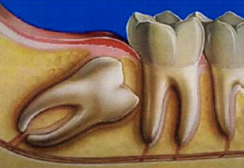CONSERATIVE DENTISTRY
The most common treatments are as follows

FILLINGS
These are aimed to replace the tooth structure lost in degenerative process (cavities). An example is the reconstruction with composite of cavities in morals, restoring the lost anatomy.

ENDODONTICS
A treatment commonly known as “killing the nerve”, we perform it in those pieces where cavities have deepened up to the tooth pulp, infecting it with bacteria, causing an intense pain. We eliminate the complete tooth structure with cavities and we seal the inside with a sealing material.

PERIODONTOLOGY
Aimed to the care and conservation of tissues that surround the tooth (gum and bone). With these techniques we restore a healthy aspect and an environment free of bacteria that could chronically accumulate in our teeth (bacterial plaque) and endangers the tissues that surround them, which could result in losing the attachment of the teeth, resulting in its extraction. Within the most common illnesses of these tissues we can find:

FIXED AND REMOVABLE PROSTHESES
With the appearance of dental implants, this type of prosthesis is falling more and more into disuse. Destined to replace the lost pieces, these prostheses are attached to neighbour teeth. They can be fixed or removable.

ORAL SURGERY
It is the branch of dentistry responsible for the extraction of damaged, impacted or badly positioned pieces (also known as wisdom teeth), which are affecting our hygiene or our bite.
FAQ ABOUT THIS TREATMENT
IS IT PAINFUL?
Not at all, it is a procedure less invasive than a simple tooth extraction. The patient is always surprised by the simplicity of the procedure.
CAN I REJECT MY IMPLANT?
Implants have an estimated success rate around the 95% of success, for this an exhaustive radiological and clinical study is made by part of our team to decide y advice the patient with the best option.
DO THEY NEED ANY TYPE OF MAINTENANCE?
All implants require a continuous checkup and maintenance over time to assure their durability in the long term con periodical checkups by the specialist and a proper and correct hygiene.
HOW LONG DOES AN IMPLAT LASTS? WILL IT LAST A LIFETIME?
We can never ensure that an implant will last a lifetime, but that it will last many years with proper care without giving any type of problems.
CAN I HAVE MY TEETH DONE THE SAME DAY?
It is a procedure known as immediate load, where the patient will leave with prostheses fixed to the implants on the same day, this will depend on each case because it is necessary for implants to have a primary stability which is not obtainable in every case. Normally, in three months and implant is totally fixed to our bone and in perfect condition to be loaded with a prosthesis. In any case, the patient always leaves with a provisional prosthesis (that is not fixed to the implants) which allows having a normal life regarding function and aesthetic while our implants integrate.
CAN I CONDUCT PHYSICAL ACTIVITIES AFTER THE PROCEDURE?
It is not recommended to make any considerable physical efforts within the next 72 hours.
